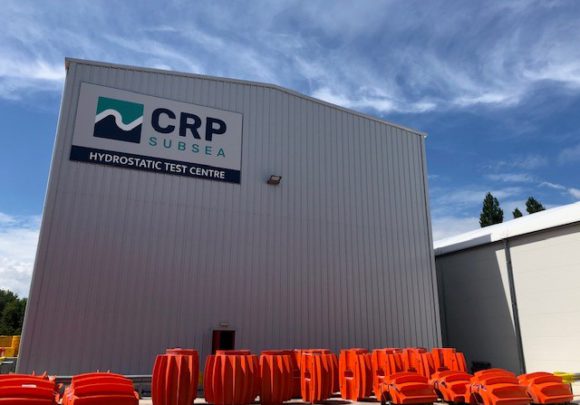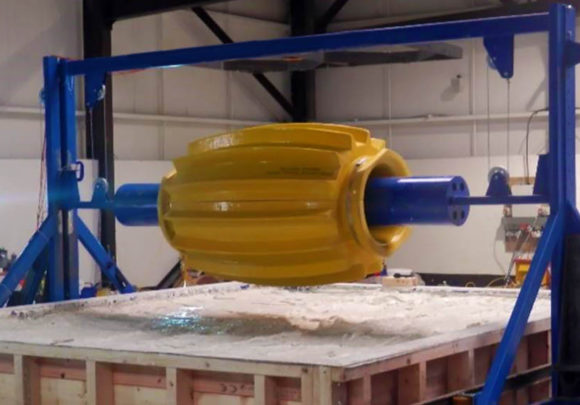- Products
- Impact & abrasion protection
- Bend & fatigue protection
- Buoyancy & floats
- Downhole protection
- Guides & clamps
- Seabed stability
- Sensors & monitoring
- Sectors
- About us
- Knowledge
- News
- Careers
- Contact
We understand that every project has different requirements, our capabilities are flexible to meet a wide range of demands. We design and build our own test equipment, to allow us to conduct bespoke testing regimes to meet any specifications.
Our experience, coupled with the fact that all of our testing is designed and conducted in-house, demonstrates the wide-ranging capabilities of our Engineers, who can advise on the future development of our products to improve their effectiveness, usability, and cost.

Hydrostatic pressure testing is the only effective way to simulate conditions in deep-water environments and enable accurate product testing. It is the final opportunity for product assurance under hydrostatic conditions before delivery of the finished product for offshore installation. The primary hydrostatic tests that we conduct for many of our products are instrumented buoyancy loss over time at the service depth, and resistance to hydrostatic crush pressures. Our current suite of hydrostatic pressure vessels for full-scale testing is capable of 10,000 psi (equivalent to a seawater depth of approximately 7 kilometres), with additional temperature control to simulate service conditions.
Our ability to run this critical testing operation in-house, reduces the risk and costs associated with product qualification, providing peace of mind to our customers.

Full-scale physical testing simulates the application that a product is designed for and validates the design is fit for purpose. CRP Subsea use a variety of mechanical tests to qualify computer models, and to proof load the products up to service loads. We test that the products can be installed safely and correctly, that they will remain in position despite expected service or installation loads, and that they will continue to do the job for which they are intended for their entire service life and beyond.
Testing can include:
• Buoyancy up-thrust
• Compression and shear load
• Tensile proof loads
• Static bend loads
• Simulated S-Lay/ J-Lay
• Fit-up and assembly
• Slippage and capacity
• Dropped object and impact
• Creep and relaxation
The majority of our testing is carried out on-site, providing risk reduction and cost benefits. A range of 3rd party partners support us with designing and carrying out new full-scale testing for more unusual products and requirements.